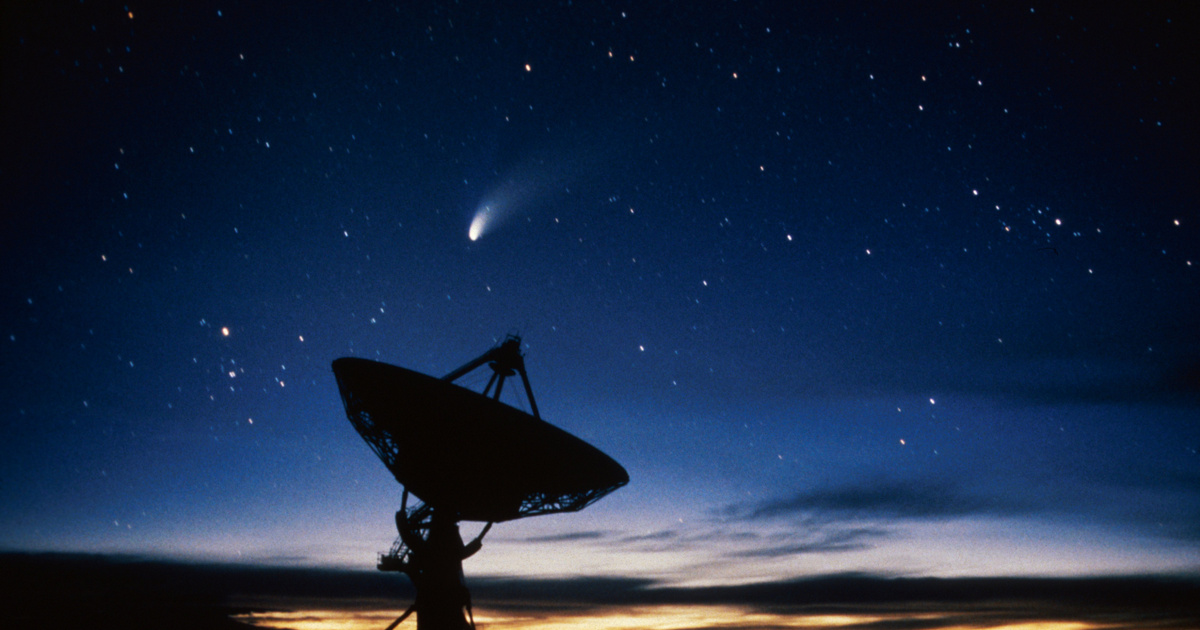The Devil's Comet can also be seen with the naked eye as it passes near Earth in the coming weeks. Comet 12P/Pons-Brooks has a diameter of 30 kilometers and orbits the Sun in a highly elliptical orbit every 71 years.
Paul Strom, an astrophysicist at the University of Warwick, said: “The comet is expected to have a magnitude of 4.5, which means it should be visible from a dark place in the UK.”
The comet passes through bright stars, which makes it easy to spot at certain times, especially on March 31. It is to explain The expert.
The comet has already been spotted in the night sky, and experts say it will become brighter in the coming weeks. It is expected to reach its maximum brightness in April, and is expected to be closest to the sun on April 21.
Comet Pons Brooks in the northern spring
As spring approaches for northern skygazers, Comet 12P/Pons-Brooks is getting brighter. The Halley-type comet can currently be seen with small telescopes and binoculars, and will be visible with the naked eye in the coming weeks. Watch despite the fog.. pic.twitter.com/4EnghTiAbJ
– Astronomy photo of the day (@apod) March 10, 2024
A comet sometimes erupts when radiation from the Sun breaks its ice shell, ejecting volcanic ice melt into space. A periodic Halley-type comet was first discovered by Jean-Louis Pons on July 12, 1812, and then discovered by William Robert Brooks in 1883.
We've written about this phenomenon before, you can read more about it by clicking here.















































